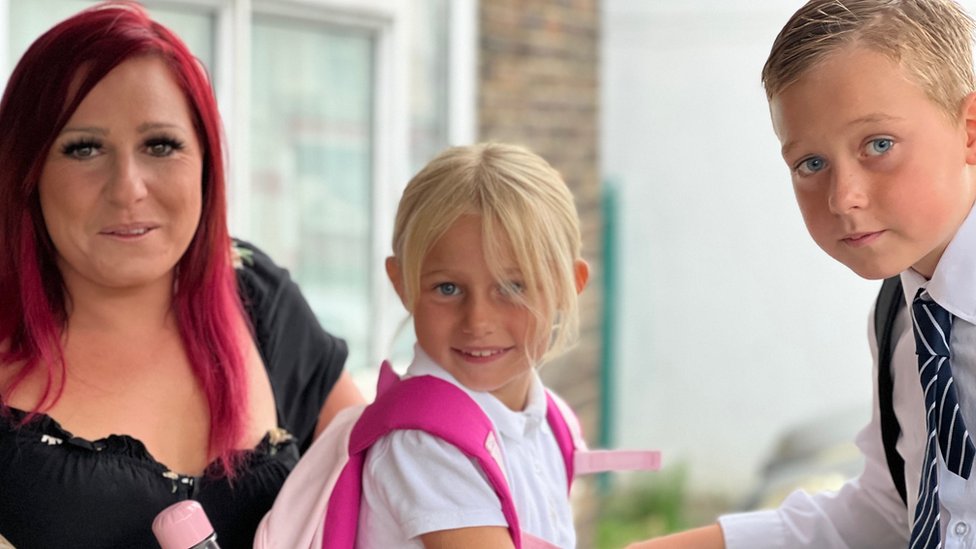In a surprising turn of events, a young, ambitious teenager has stepped forward to revolutionize the Denver School Board. At just 17 years old, Sarah Johnson (name changed for privacy reasons) is fearless, determined, and passionate about her goal – to create lasting change within the educational system of Denver.
From an early age, Sarah understood the value of education, having come from a family of educators. In fact, she attributes much of her drive to her mother, who often shared stories of the classroom. Sarah spent her formative years analyzing and contemplating how education shapes our future society.
While attending high school in Denver, Sarah noticed systemic issues within the educational system that were negatively impacting students at all levels. Endlessly frustrated by outdated policies and budgets that seemingly ignored students’ needs, Sarah decided it was time for a change – one that could only be achieved by entering the realm of politics.
Although she may not have yet completed high school, Sarah’s youth has not hampered her determination or belief in her ability to create positive change. Remarking on her age as an asset, she believes that her unique perspective will bring a breath of fresh air to a school board that has long been mired in bureaucratic challenges.
Sarah’s vision for change includes initiatives such as increased emphasis on mental health support for students and staff; updated lesson plans that engage students with real-life applications; advocacy for a fairer allocation of funds for low-income schools; better integration of technology into classrooms; and the promotion of diversity and inclusion throughout the district.
Sarah also recognizes that she will face several challenges in her quest to shake up the Denver School Board. The skepticism toward younger members is expected; however, she believes that she can demonstrate maturity and wisdom beyond her years by creating open dialogues with fellow board members. In doing so, she hopes to prove that age is not a barrier to making transformative decisions that benefit all students.
As Sarah embarks on her journey towards a seat on the Denver School Board, she remains undeterred by potential challenges and wholeheartedly believes in the power of her generation to work alongside older generations in reshaping the future of education. Time will tell if this young trailblazer can indeed shake up the status quo and make a lasting impact on the Denver School District, but for now, she represents an inspiring beacon of hope for students and educators alike.











